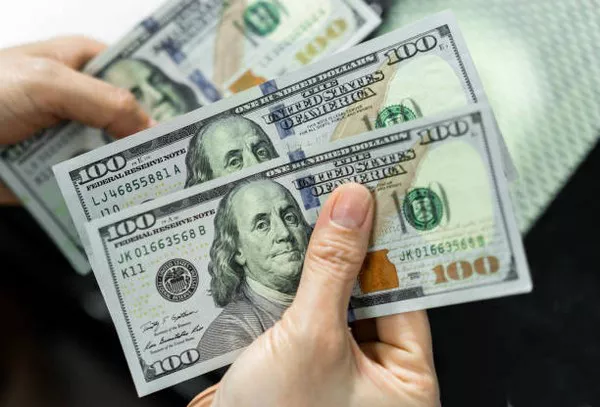05/16/2024, 04:26 AM
The U.S. dollar steadied in European trade on Thursday, recovering from multi-week lows reached overnight following a softer U.S. inflation report that renewed expectations of Federal Reserve rate cuts.
At 04:25 ET (08:25 GMT), the Dollar Index, which measures the greenback against a basket of six other currencies, edged up 0.1% to 104.285, after dipping to a five-week low just below 104.
Dollar on Back Foot After Key Inflation Data
The dollar’s recent struggles were triggered by the latest U.S. inflation data, which bolstered expectations that the Federal Reserve might implement two interest rate cuts this year, likely starting in September.
Wednesday’s Consumer Price Index (CPI) revealed a 0.3% rise in April, slightly below the anticipated 0.4% increase. This news provided relief to markets, which had been unnerved by persistent inflation in the first quarter, leading to reduced bets on rate cuts and even sparking fears of an additional hike.
The CPI data also caused U.S. Treasury yields to drop to six-week lows, prompting traders to reassess the Fed’s monetary policy path.
“Markets have given greater weight to the encouraging news from two days of inflation figures, which has caused the dollar to almost entirely erase the gains after the CPI disappointment in mid-April,” ING analysts noted in a report.
Several Federal Reserve officials are slated to speak later in the session, but significant changes in rate cut expectations will likely require more concrete evidence.
“Our preferred call at this stage is not for a continuation of a dollar decline until the end of May, but rather a period of quiet trading with little sense of direction and low volatility. This is mainly because hard data is needed to substantially move the needle on Fed pricing, and the next key release – core PCE – is only on May 31,” ING added.
Euro Retreats From Earlier Highs
In Europe, EUR/USD traded 0.1% lower at 1.0867, with the euro retreating slightly after earlier climbing to its highest level since March 21.
The European Central Bank (ECB) is widely expected to start cutting interest rates from record highs in June. Markets now foresee up to three rate cuts this year, likely occurring in September and December.
“The 1.0900 level should not be a very strong resistance if U.S. data – for example, jobless claims today – adds pressure on the dollar. However, a move to the 1.1000 benchmark seems premature given the still sticky inflation picture in the U.S.,” ING stated.
Sterling Gives Back Gains
GBP/USD fell 0.1% to 1.2675, with sterling handing back some of the previous session’s gains when it climbed above 1.27 for the first time since April 10.
The Bank of England (BoE) is also expected to cut rates from a 16-year high this summer, but recent stronger-than-expected GDP growth might delay this move until after the ECB acts.
Overall, the currency markets remain in a state of flux as traders digest the latest inflation data and reassess their expectations for future monetary policy actions by the Fed, ECB, and BoE. The dollar’s recent stabilization suggests a cautious outlook as market participants await more definitive economic indicators to shape their trading strategies.


